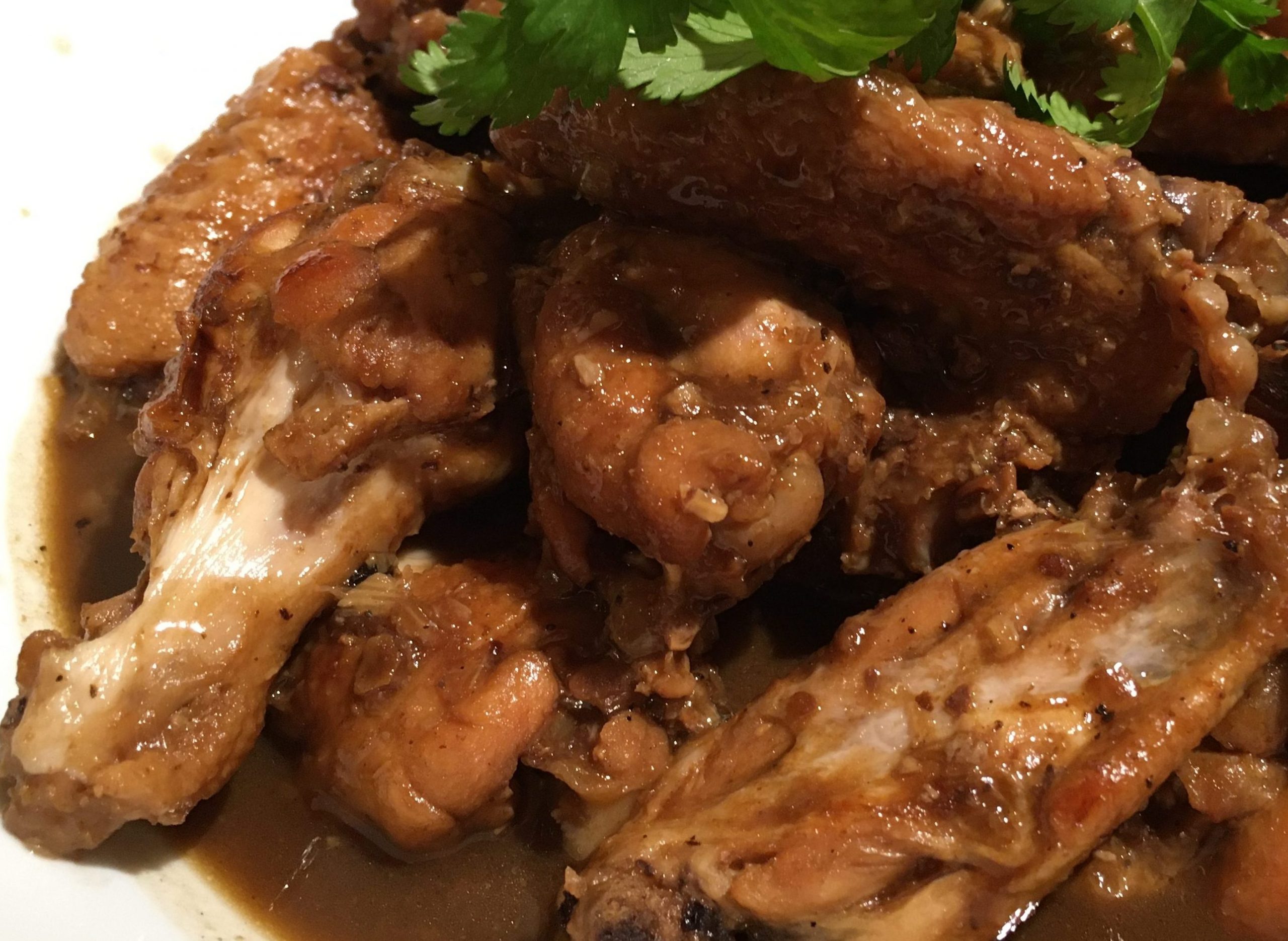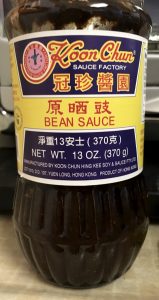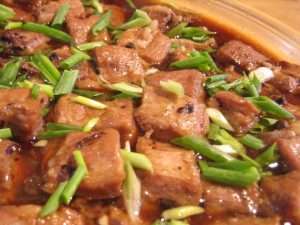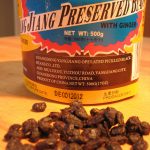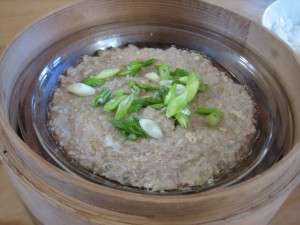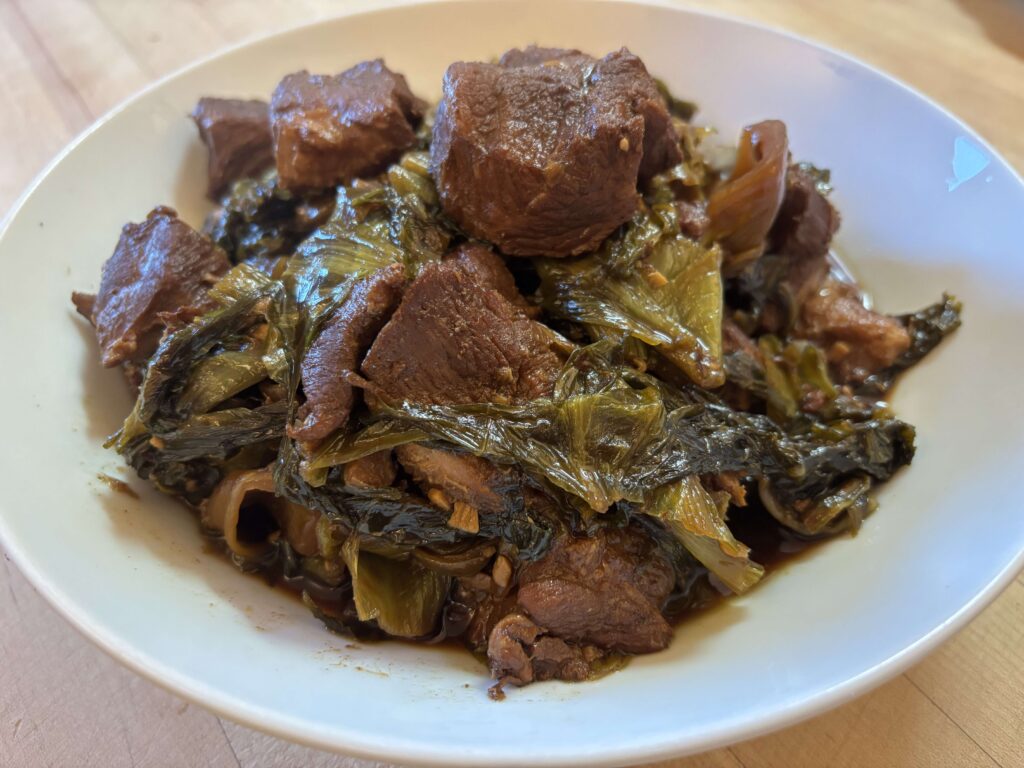
Taste traditional Hakka flavors in this easy pork stew. This dish pairs two Hakka staple ingredients, salted mustard greens and pork. They simmer together with a generous dose of garlic and rice wine. Dark, sweet soy sauce gives it a deep inky hue and salty-sweet-sour flavor. The result tastes distinctively Hakka.
Fah Liong, my Hakka mentor, contributed this recipe to the The Hakka Cookbook. Her Indonesian roots show up in her use of kecap manis, an Indonesian sweet soy sauce. The syrupy soy sauce infuses the stew with a dark, glossy, finish and a salty, sweet, taste. The salted mustard greens, popular in Hakka dishes, balance the richness of the pork and the sweetness of the soy sauce. Serve the soy-braised pork with mounds of hot rice.
Soy-Simmered Pork and Salted Mustard Greens
For a more detailed recipe, see page 222 in The Hakka Cookbook. The dish can be made a day ahead made; cool, cover, and chill. Reheat, covered, over low heat, adding a little extra water, as needed.
3 cups salted mustard greens (about 1 1/4 lb.), rinsed and cut in 1 1/2-inch squares
¼ cup vegetable oil
⅓ cup minced garlic
2 pounds boneless pork butt, cut in 1 1/2-inch chunks
2 cups Chinese rice wine (shaoxing) or dry sherry
3 tablespoons kecap manis (Indonesian sweet soy sauce) OR mix 2 tablespoons each dark soy sauce (see notes, following) and packed brown sugar
2 tablespoons sugar, or to taste
2 tablespoons dark soy sauce (or 4 teaspoons light or regular soy sauce plus 2 teaspoons molasses)
Salt
- Soak the mustard greens in water at least 1 hour or up to 4 hours, changing water occasionally. Drain and squeeze excess water out of the mustard greens.
- Set a 14-inch wok or 5- to 6-quart pan over high heat. When pan is hot, add the oil and garlic. Stir-fry until garlic is lightly browned, about 15 seconds. Add the pork and cook, stirring occasionally, until meat is lightly browned, 5 to 8 minutes. Add the wine, mustard greens, kecap manis, sugar, and dark soy sauce.
- Bring the pork mixture to a boil. Reduce the heat, cover and simmer, stirring occasionally, until the pork is tender when pierced, 1 ½ to 2 hours. If liquid evaporates before the meat is tender, add a little water as needed, and continue simmering. With a slotted spoon lift out pork and mustard greens and transfer to a serving dish. Skim off the fat from pan juices and discard. Taste juices and if too watery, boil, uncovered, over high heat until juices are reduced to about 1 cup. Taste and add salt and more sugar, if needed. Pour over pork. Makes 6 to 8 main-dish servings.
Notes: For a quick substitute for dark soy sauce (aka black soy sauce, double black soy sauce, mushroom soy sauce) use 2 parts light or regular soy sauce plus 1 part molasses

